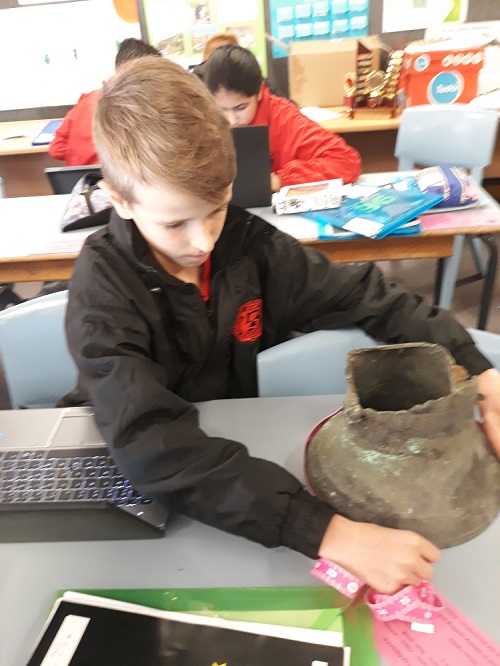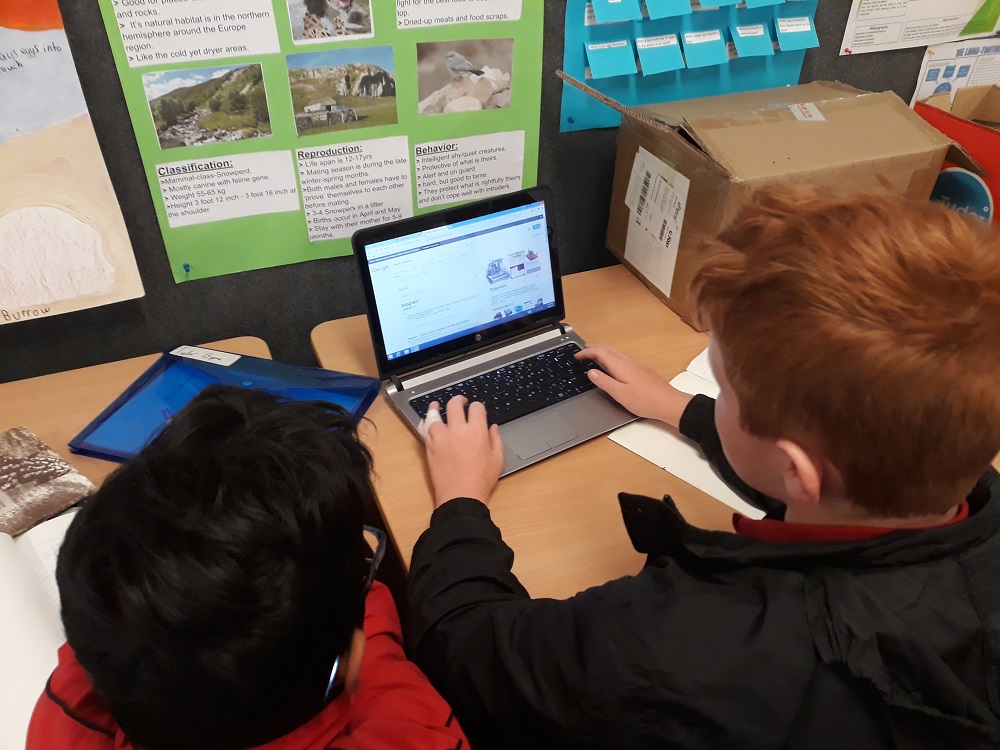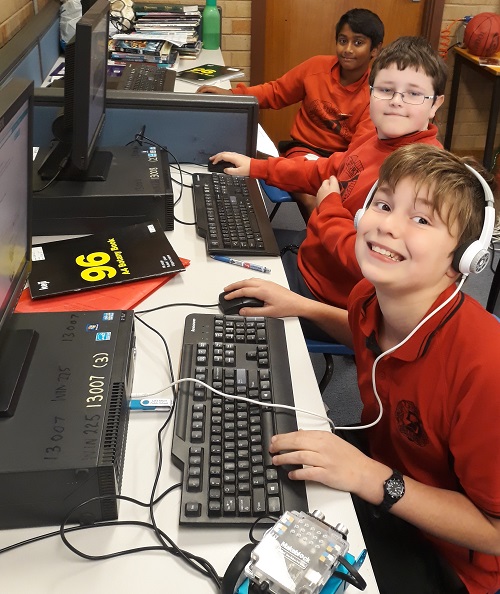Post-pitch
1 June 2018
Half-way through the term and almost halfway through our timeline for curating the exhibition! We moved into prototyping today. It was good to start working on the projects and testing some of the big ideas that were pitched.
About half of the class was away today at representative activities, but we moved forward. The week before each group had made a clear plan of what they needed to do next, so even groups with only one person knew what they needed to do to make a contribution to their exhibit. And so while all the planning the week before had felt like hard work, it started to pay off today.

Frazer measures an object to start designing in TinkerCAD
Each group found a place to set up and work, and really start to build and create. Some groups found that an idea was going to take a long time to complete. And of course, we had the inevitable problem of programs not loading, laptops not charged, logins not connecting.
One of the biggest challenges we have had is the time delay in deciding a program or piece of equipment is needed, and then getting the necessary approvals to purchase. This would be a problem faced by many school groups and museums. Our solution has been persistence and a long lead time. The junior curators have also displayed amazing resilience and adaption against each of these challenges. Without exception, once we have realised we can't jump over a technological hurdle that day they all have moved to another part of their project without complaint.
We spent a lot of today talking about the past and defining what it was like to live in a different time. It really brought home to us how much the world has changed. The walking tour group was confused when they couldn't find a telegraph station on Google maps. Once we showed them where the building is now, we talked about telegrams - what they were, why they mattered, how they were used to communicate in the past. The prototype group, which is focusing on fashion and couture through time, was researching a dress from a debutante ball, and we talked about the old social convention of young women being presented to society once they were ready to start dating and find a husband. The world seems to have changed so much! These interactions with the stories and objects in our collection also helped to make history relevant.

Tyler and Mohamed researching telegraphy online
Over the next few weeks, the junior curators will continue to develop their exhibits, working collaboratively and independently. Our job at this time is to ensure they have everything they need to keep working! Our next milestone is independent testing in a couple of weeks, where we will be taking each exhibit and seeing how it is working. And so, we will be testing robot programming, playing video games, going on walking tours and 3D printing models.

Jacob, Thane and Andrew researching the Queens 1954 visit